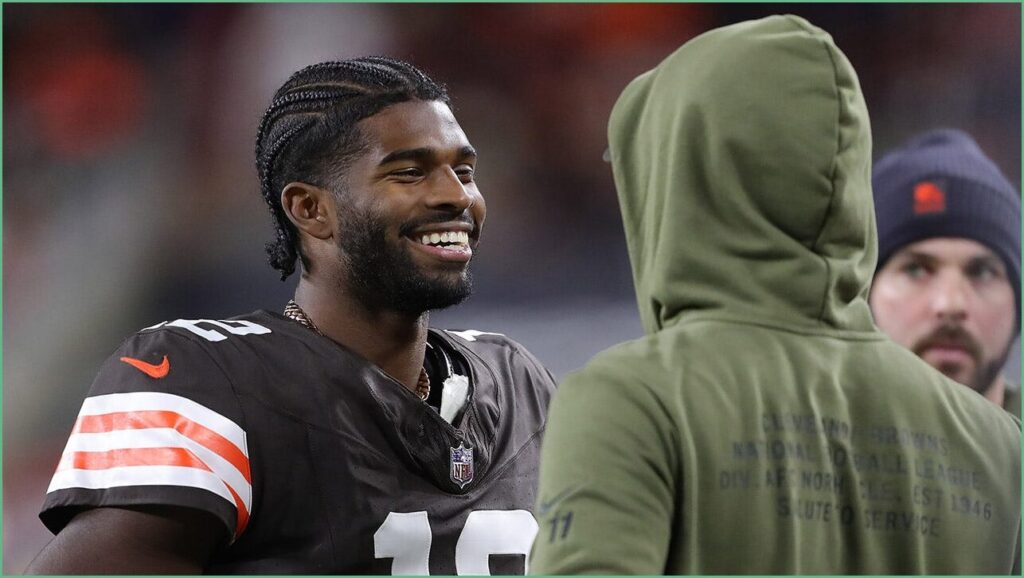On a recent podcast, former NBA center Kendrick Perkins drew a surprising parallel between Cleveland Browns rookie quarterback Shedeur Sanders and former President Barack Obama, sparking chatter across sports circles. Perkins’ comparison focused on poise and public presence rather than politics, and it landed on social media fast. This piece breaks down why Perkins might see that likeness, who Shedeur is, and what it could mean for how fans and media view the young QB.
Kendrick Perkins made the comparison during an on-air conversation, noting qualities that stood out to him in Shedeur’s interviews and public appearances. Perkins has a blunt, no-nonsense style when he talks about athletes, so his choice to reference such a high-profile figure amplified attention. The remark felt less like a locker-room roast and more like a nod to an unexpected presence in the pro ranks.
Shedeur Sanders arrives in Cleveland carrying a spotlight that few rookies experience, partly because of his name and partly because he’s displayed a calm, composed demeanor since college. Those traits can invite comparisons to well-known public figures, especially when a player handles tough questions with measured responses. Whether you chalk it up to media coaching, natural charisma, or a learned approach to public speaking, the image is already shaping opinions.
For many observers, the contrast between athletic intensity on the field and poise off it is what makes modern quarterbacks stand out. Perkins’ analogy to Barack Obama was shorthand for that off-field polish: eloquence, thoughtfulness, and the kind of confidence that translates in interviews. Fans who saw the clip reacted in two camps — some intrigued by the idea of a quarterback with presidential composure, others rolling their eyes at a feel-good simile.
In the NFL, narrative matters as much as stats when a rookie is trying to carve out a role. A player perceived as media-savvy and composed can get a longer leash from franchises and more favorable coverage from reporters. But that perception also sets expectations; when the charm angle becomes part of a player’s identity, every shaky performance invites a sharper critique from a public that expected steady leadership.
Shedeur’s on-field work will ultimately decide how long the comparison sticks, and Perkins himself tends to pivot quickly from praise to critique based on performance. Teammates and coaches often value a player who can stay cool under pressure, so if Shedeur backs up the image with consistent play, the analogy could become shorthand for his approach. If not, the same spotlight will amplify mistakes and make the comparison look premature.
Outside of the locker room, the Perkins-Obama parallel highlights how modern athletes are measured by more than touchdowns and tackles. Media training, social media presence, and interview skills now shape careers and business opportunities, and a rookie who excels in those arenas gains leverage beyond the field. Whether you think that’s fair or not, the conversation around Shedeur Sanders shows how personality and performance are tied together in today’s sports landscape.
